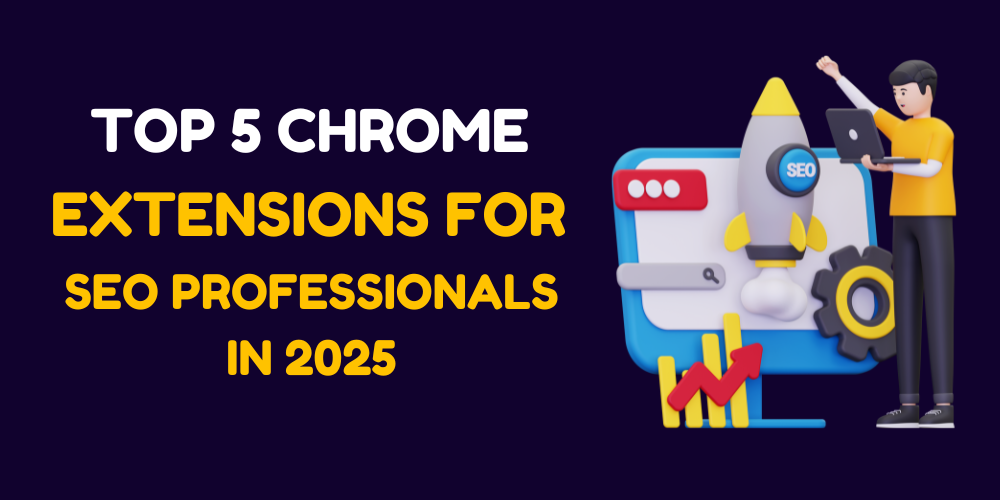How to Start a Blog in 2025: A Step-by-Step Guide for Beginners
Starting a blog in 2025 is an exciting opportunity to share your passion, build an online presence, and even earn money. Whether you’re a complete beginner or someone looking to refine their blogging skills, this step-by-step guide will walk you through everything you need to know to create a successful blog.
Why Start a Blog in 2025?
Blogging continues to be a powerful way to express yourself, connect with like-minded individuals, and establish authority in your niche. With over 600 million blogs on the internet, the competition is fierce, but there’s still room for fresh voices and unique perspectives. Here are some reasons why starting a blog in 2025 is a great idea:
- Low Startup Costs: You can start a blog for as little as 50−50−100 per year.
- Flexibility: Blogging allows you to work from anywhere and set your own schedule.
- Passive Income Potential: Successful blogs can generate income through ads, affiliate marketing, and product sales.
- Personal Branding: A blog helps you build a personal brand and establish yourself as an expert in your field.
Now, let’s dive into the step-by-step process of starting a blog in 2025.
Step 1: Choose Your Blogging Niche
Your niche is the topic or category your blog will focus on. Choosing the right niche is crucial because it determines your target audience and the type of content you’ll create. Here’s how to pick a niche:
- Follow Your Passion: Write about something you’re genuinely interested in.
- Consider Profitability: Some niches, like personal finance, health, and technology, are more lucrative than others.
- Research Demand: Use tools like Google Trends or Ubersuggest to see if people are searching for topics in your niche.
- Assess Competition: Look at other blogs in your niche to see if there’s room for your unique perspective.
Examples of popular niches in 2025 include:
- Personal finance and investing
- Health and wellness
- Travel and lifestyle
- Technology and gadgets
- Food and recipes
- Personal development
Step 2: Pick a Blogging Platform
The next step is to choose a blogging platform. While there are many options available, WordPress.org is the most popular and recommended choice for beginners. Here’s why:
- Customization: WordPress offers thousands of themes and plugins to customize your blog.
- Ownership: You own your content and have full control over your blog.
- SEO-Friendly: WordPress is optimized for search engines, making it easier to rank on Google.
Other platforms like Wix, Squarespace, and Blogger are user-friendly but lack the flexibility and scalability of WordPress.
Step 3: Register a Domain Name and Get Hosting
Your domain name is your blog’s address (e.g., www.yourblogname.com), and hosting is the service that stores your blog’s files and makes it accessible online. Here’s how to get started:
- Choose a Domain Name:
- Keep it short, memorable, and relevant to your niche.
- Avoid numbers, hyphens, and complicated spellings.
- Use a domain registrar like Namecheap or Google Domains to check availability.
- Select a Hosting Provider:
- Popular hosting providers for beginners include Bluehost, SiteGround, and HostGator.
- Look for affordable plans, good customer support, and one-click WordPress installation.
- Connect Your Domain and Hosting:
- Follow your hosting provider’s instructions to link your domain name to your hosting account.
Step 4: Install WordPress and Choose a Theme
Once your domain and hosting are set up, it’s time to install WordPress and design your blog.
- Install WordPress:
- Most hosting providers offer one-click WordPress installation. Follow the prompts to set up your blog.
- Choose a Theme:
- Your theme determines your blog’s design and layout. Browse free and premium themes in the WordPress repository or from third-party providers like ThemeForest.
- Look for a responsive, SEO-friendly theme that aligns with your niche.
- Customize Your Theme:
- Use the WordPress Customizer to tweak colors, fonts, and layouts.
- Add a logo and create a professional-looking header.
Step 5: Install Essential Plugins
Plugins are tools that add functionality to your blog. Here are some must-have plugins for beginners:
- Yoast SEO: Helps optimize your blog for search engines.
- Akismet: Protects your blog from spam comments.
- UpdraftPlus: Backs up your blog regularly.
- WP Super Cache: Improves your blog’s loading speed.
- MonsterInsights: Connects your blog to Google Analytics for traffic insights.
Step 6: Create High-Quality Content
Content is the heart of your blog. To attract and retain readers, focus on creating valuable, engaging, and well-researched content. Here are some tips:
- Write for Your Audience: Address your readers’ pain points and provide solutions.
- Use a Catchy Headline: Your headline should grab attention and include relevant keywords.
- Format for Readability: Use short paragraphs, bullet points, and subheadings to make your content easy to scan.
- Add Visuals: Include images, infographics, and videos to enhance your posts.
- Be Consistent: Publish new content regularly to keep your audience engaged.
Step 7: Optimize for SEO
Search engine optimization (SEO) helps your blog rank higher on Google and attract organic traffic. Here’s how to optimize your blog:
- Keyword Research: Use tools like Ahrefs or SEMrush to find relevant keywords for your niche.
- On-Page SEO: Optimize your titles, meta descriptions, headers, and images with keywords.
- Internal Linking: Link to other posts on your blog to improve navigation and SEO.
- Backlinks: Build backlinks by guest posting or collaborating with other bloggers.
Step 8: Promote Your Blog
Creating great content isn’t enough; you need to promote your blog to reach a wider audience. Here are some effective promotion strategies:
- Social Media: Share your posts on platforms like Instagram, Twitter, and Pinterest.
- Email Marketing: Build an email list and send regular newsletters to your subscribers.
- Collaborations: Partner with other bloggers or influencers in your niche.
- Engage with Your Audience: Respond to comments and participate in online communities.
Step 9: Monetize Your Blog
Once your blog starts attracting traffic, you can explore monetization options. Here are some popular ways to make money blogging:
- Affiliate Marketing: Promote products and earn a commission for every sale made through your referral link.
- Ad Revenue: Use ad networks like Google AdSense to display ads on your blog.
- Sponsored Posts: Partner with brands to create sponsored content.
- Sell Digital Products: Offer eBooks, courses, or printables related to your niche.
- Membership Programs: Charge a fee for exclusive content or resources.
Step 10: Track Your Progress and Improve
Blogging is a long-term commitment, and success doesn’t happen overnight. Use tools like Google Analytics to track your traffic, engagement, and conversions. Regularly review your performance and make improvements based on your findings.
Final Thoughts
Starting a blog in 2025 is an achievable goal for anyone willing to put in the time and effort. By following this step-by-step guide, you’ll be well on your way to creating a blog that stands out in your niche. Remember, consistency and patience are key. Happy blogging!




